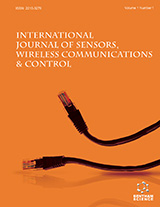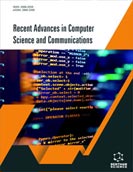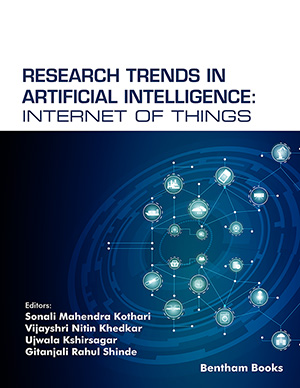Abstract
Monitoring the phenomenon of migration of an Antimicrobial Agent (AA), by means of a detection model using wireless nanosensory networks (WNSNs), is a new methodology required in the technological development of intelligent packaging. The detection models are programmed using the MATLAB simulation tool. Each nanosensor will give a migration value which is averaged for the analysis, transmitting and visual communication on a scale of colors, migration values depend on the initial concentration of AA in the polymer matrix and the state of the container. By an extrusion processs, a laminar phyllosilicate is physically mixed at high temperatures with a one low density polyethylene matrix (LDPE), polyolefin is one of the most used, forming a polymer clay nanocomposite (NPA). This new material presents improved barrier properties that delay the damage in time caused by external agents. The NPA are treated by a process of impregnation with CO2 as supercritical fluid (SCF) in which Thymol is solubilized, with the objective of introducing an AA into the NPA that migrates in time and is solubilized in foods, postponing deterioration reactions by the effect of decomposing microorganisms.
Keywords: Antimicrobial agent, migration, nanocomposite polymer clay, supercritical fluids, thymol.

























